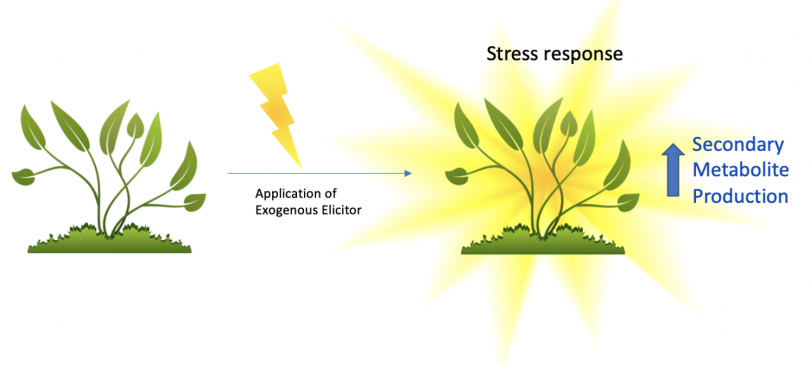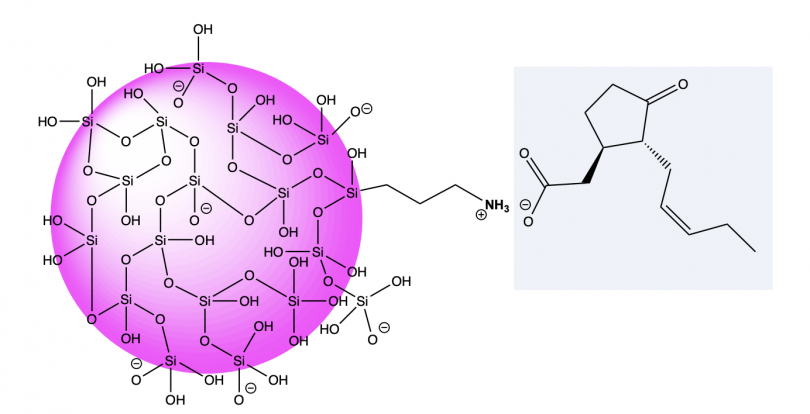Bacterial vesicles hold immense potential in various biomedical fields, including vaccines, antimicrobial agents, drug delivery systems, and cancer immunotherapy. Among these, outer membrane vesicles (OMVs) produced by Gram-negative bacteria are among the most extensively studied. While the exact mechanism of OMV production remains unclear, numerous environmental factors have been shown to influence both the yield and composition of OMVs. In this study, we investigated the effect of three different antimicrobial families on OMV production by E. coli. Interestingly, antimicrobials within the same family did not provide the same effects on OMV yield, suggesting that OMV production may not directly correlate with the antimicrobial mechanism of action.
OMVs have demonstrated tumor-inhibitory activity in multiple mouse tumor models. However, their potential toxicity poses a significant challenge, as OMVs have been shown to cause mortality in mice. To address this limitation, we developed bacterial-engineered vesicles (BEVs) as a safer alternative to OMVs. Proteomic analysis revealed that BEVs contained fewer outer membrane proteins compared to OMVs. In vitro assays, BEVs effectively repolarized pro-tumor macrophages (M2) to the anti-tumor phenotype (M1) and promoted dendritic cell maturation. Additionally, BEVs were shown to serve as a versatile platform for antigen peptide display, with the displayed peptides not interfering with BEVs' inherent immunomodulatory activity.
We further evaluated the anti-tumor efficacy of BEVs in a B16F10 melanoma model. The intravenous administration of BEVs significantly inhibited tumor growth and elicited robust immune responses. Flow cytometry analysis of spleen and lymph node samples from BEV-treated mice revealed an elevated M1/M2 macrophage ratio and an increased population of CD8+ T cells. To explore combination therapies, we generated cancer cell-derived vesicles (PD-1 CEVs) using PD-1-transfected B16F10 cells. Interestingly, while BEVs alone inhibited tumor growth effectively, the co-administration of BEVs and PD-1 CEVs resulted in comparable tumor suppression but attenuated immune responses. However, a significant decrease in regulatory T cell percentages was monitored among all vesicle-treated groups compared to the PBS control group. This unexpected immune modulation warrants further investigation to understand the mechanisms underlying PD-1 CEV-mediated immune suppression.
Zoom link:



 Lignin is a complex aromatic biopolymer and an important constituent in plant cell walls. The process of lignin biosynthesis, known as lignification, is poorly understood and challenging to study but has important implications in a variety of fields including sustainable energy, bioengineering, and materials science and is therefore of interest to pursue. In the final stage of lignification, H-, G-, and S-monolignols are oxidized by laccase and peroxidase enzymes to generate radical species that couple to form dimers and further oligomeric species to ultimately produce the lignin polymer. Biomimetic lignin model systems utilize in vitro oxidative coupling reactions as an important tool to further develop our understanding of this complex process. The goal of the first portion of this dissertation was to explore several aspects of monolignol oxidative coupling using high performance liquid chromatography (HPLC). These aspects included the study of relative reaction rates, both with respect to monolignol conversion and product formation, and the effects of solvent composition on product distribution. Electrospray ionization mass spectrometry (ESI-MS) was an important analytical tool for characterizing many coupling products, especially higher oligomeric compounds. The insights acquired from these experiments contributed valuable information towards a fuller understanding of the lignification process.
Lignin is a complex aromatic biopolymer and an important constituent in plant cell walls. The process of lignin biosynthesis, known as lignification, is poorly understood and challenging to study but has important implications in a variety of fields including sustainable energy, bioengineering, and materials science and is therefore of interest to pursue. In the final stage of lignification, H-, G-, and S-monolignols are oxidized by laccase and peroxidase enzymes to generate radical species that couple to form dimers and further oligomeric species to ultimately produce the lignin polymer. Biomimetic lignin model systems utilize in vitro oxidative coupling reactions as an important tool to further develop our understanding of this complex process. The goal of the first portion of this dissertation was to explore several aspects of monolignol oxidative coupling using high performance liquid chromatography (HPLC). These aspects included the study of relative reaction rates, both with respect to monolignol conversion and product formation, and the effects of solvent composition on product distribution. Electrospray ionization mass spectrometry (ESI-MS) was an important analytical tool for characterizing many coupling products, especially higher oligomeric compounds. The insights acquired from these experiments contributed valuable information towards a fuller understanding of the lignification process.


 With the continuing rise in demand for energy, it is becoming increasingly necessary to invest more effort into the research and development of new materials that generate or harvest energy. One avenue of materials science is continued research into perovskites, a class of materials having a similar structure to its namesake mineral, which has seen use in piezoelectrics, photovoltaics, and sensors. An adaptation of perovskites; hybrid organic-inorganic materials/metalates, referred to here as HOIMs or just simply as halometalates, have been promising alternatives to traditional perovskites. Derived from the perovskite A2+B4+(X-2)3 formula, HOIMs following the A2+Bn+Xn+2 format where A represents the organic cation, B the metal cation, and X the halide anion are synthesized from a combination of organic and inorganic components which allows for deviations from the stricter crystal structure of the perovskites. These organic components allow for lower temperature requirements and solution processability, making them promising materials with a low barrier of entry. Because of this versatility in synthesis and structure, the corresponding tunability of their constituents provides an excellent avenue of approach for the development of novel, task-specific HOIMs the physical, optical and electronic properties of which could be carefully controlled for. While there has been and currently is research being done to elucidate the tuning of individual changes to the various cation and anion sites within halometalate materials there remains a need to combine these various approaches together into a cohesive manual for the design and fabrication of these materials for future use. The hypothesis upon which this work is structured lies in that tying together of the disparate structures which have been shown to exhibit tunability before. That is the ability to individually yet cotemporally alter specific structural characteristics of an HOIM in such a way as to select for a unique combination of performant traits, and in so doing show a verifiable, reproducible methodology. This work investigates several promising halometalate materials whose similar structures allow for simple, stepwise alterations with the intent of measuring the effect these changes have on their physical arrangement and nonlinear properties.
With the continuing rise in demand for energy, it is becoming increasingly necessary to invest more effort into the research and development of new materials that generate or harvest energy. One avenue of materials science is continued research into perovskites, a class of materials having a similar structure to its namesake mineral, which has seen use in piezoelectrics, photovoltaics, and sensors. An adaptation of perovskites; hybrid organic-inorganic materials/metalates, referred to here as HOIMs or just simply as halometalates, have been promising alternatives to traditional perovskites. Derived from the perovskite A2+B4+(X-2)3 formula, HOIMs following the A2+Bn+Xn+2 format where A represents the organic cation, B the metal cation, and X the halide anion are synthesized from a combination of organic and inorganic components which allows for deviations from the stricter crystal structure of the perovskites. These organic components allow for lower temperature requirements and solution processability, making them promising materials with a low barrier of entry. Because of this versatility in synthesis and structure, the corresponding tunability of their constituents provides an excellent avenue of approach for the development of novel, task-specific HOIMs the physical, optical and electronic properties of which could be carefully controlled for. While there has been and currently is research being done to elucidate the tuning of individual changes to the various cation and anion sites within halometalate materials there remains a need to combine these various approaches together into a cohesive manual for the design and fabrication of these materials for future use. The hypothesis upon which this work is structured lies in that tying together of the disparate structures which have been shown to exhibit tunability before. That is the ability to individually yet cotemporally alter specific structural characteristics of an HOIM in such a way as to select for a unique combination of performant traits, and in so doing show a verifiable, reproducible methodology. This work investigates several promising halometalate materials whose similar structures allow for simple, stepwise alterations with the intent of measuring the effect these changes have on their physical arrangement and nonlinear properties.